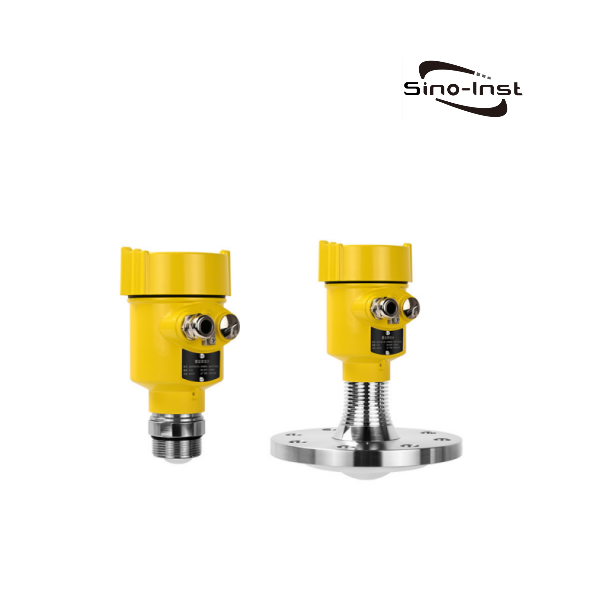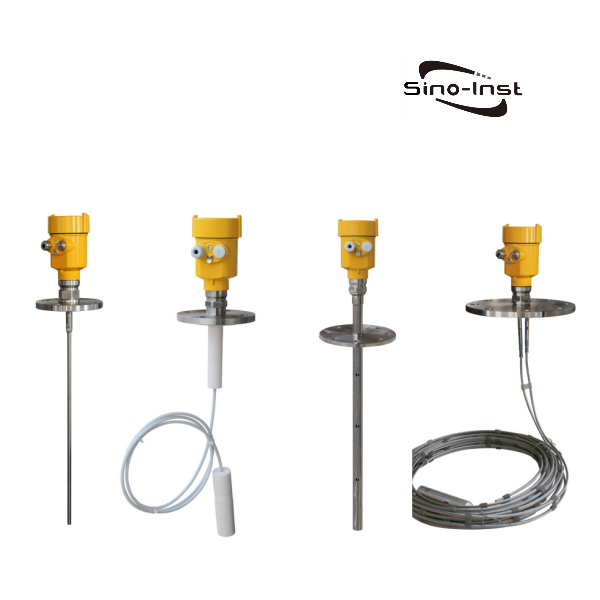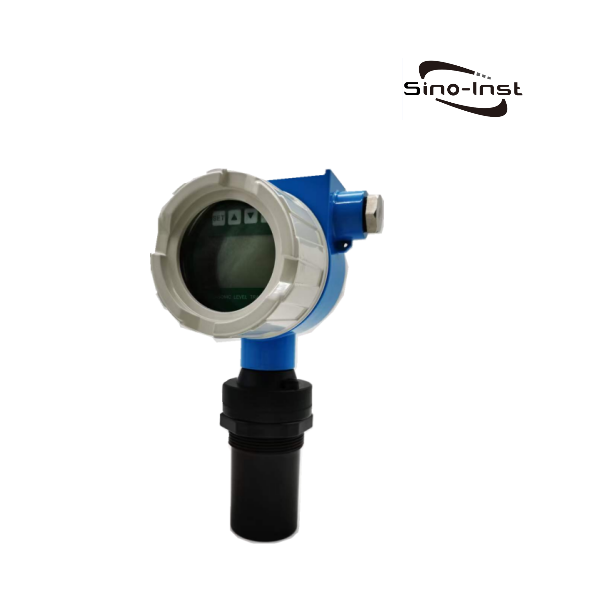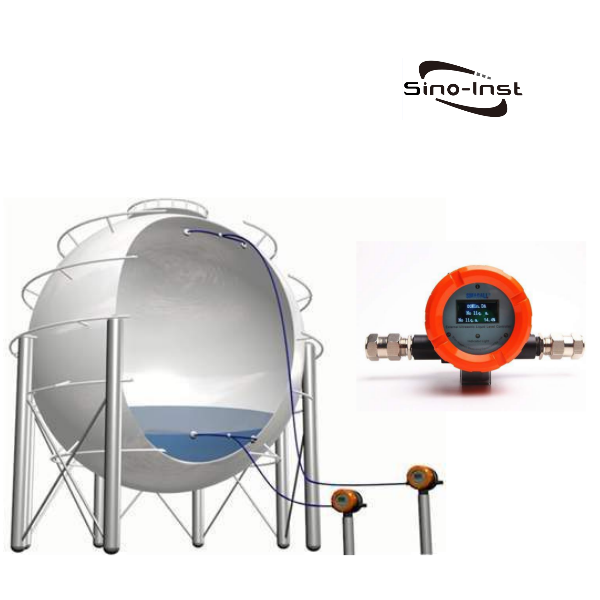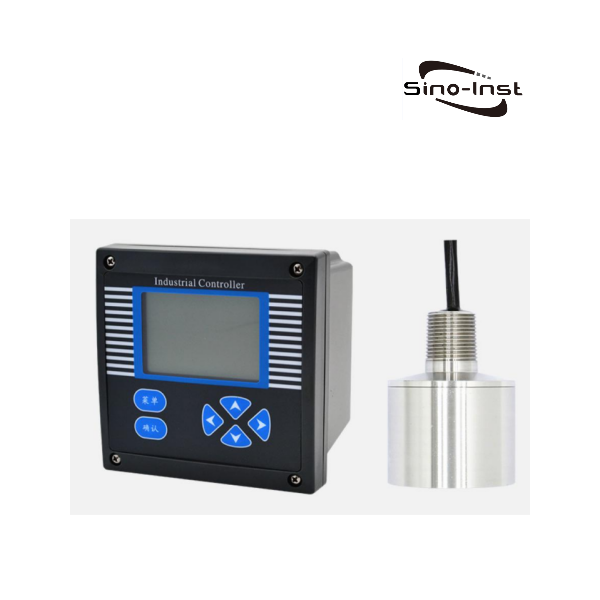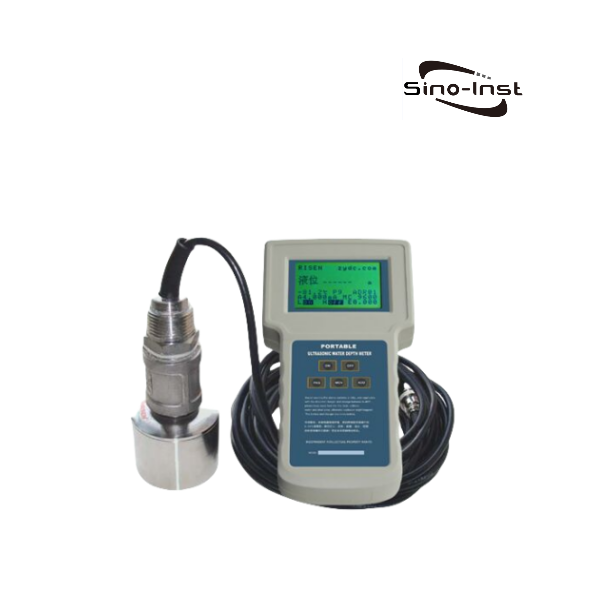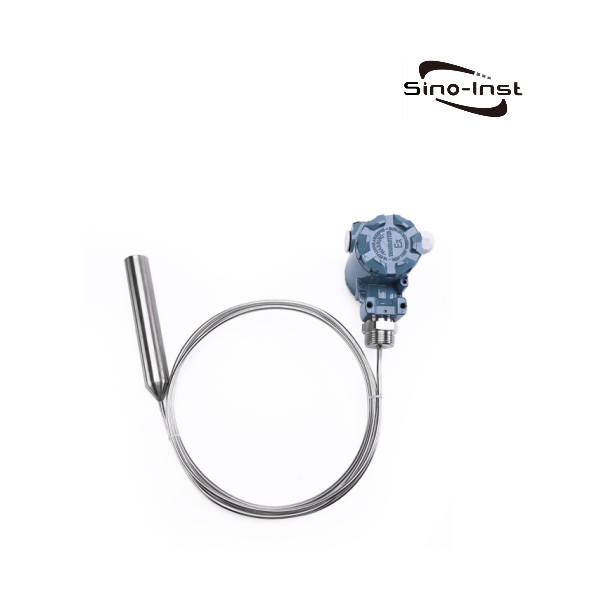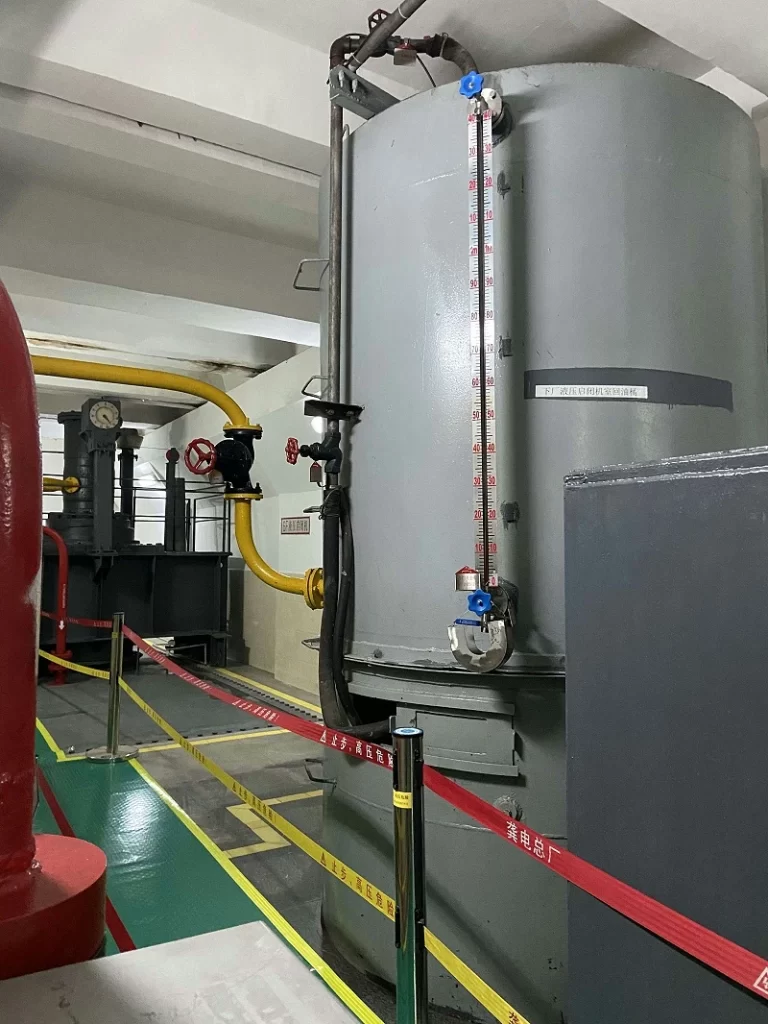
In different industrial processes, the measurement and control of fluid levels are crucial for ensuring creaseless operations. One effective way used for this intention is a level transmitter. A level transmitter, also known as a level sensor or level gauge, plays a critical role in accurately determining the level of liquids or bulk solids within a container or vessel.
Knowing level transmitter types can help you choose the high-grade device for your application.
What is a Level Transmitter?
A level transmitter is an instrument that can alter the level signal into an electrical signal. Industrial Level Transmitters are appropriate for continuous level and interface activity of liquids and solids during processing and storage.
Significance of Choosing the Right Level Transmitter Type
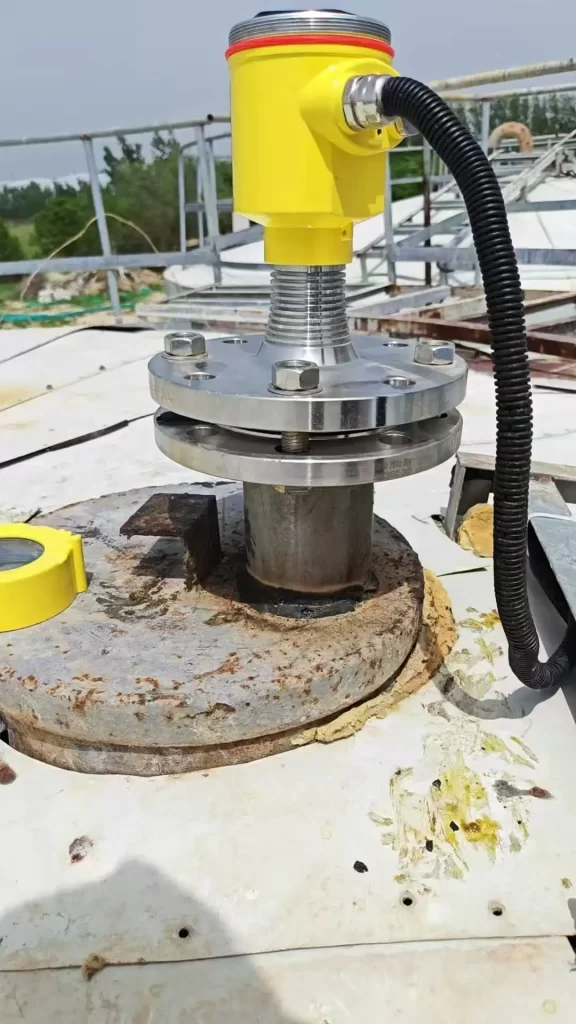
Selecting the right level transmitter type is not just a matter of accuracy—it can determine the safety, reliability, and efficiency of your operations. Factors such as material type (liquid, slurry, or solid), operating temperature, pressure, tank geometry, and presence of dust or vapor affect your selection.
Through the detection of the material level, the volume or mass of the material stored in the container can be correctly known.
Monitor or control the medium level in the container to keep it at a certain process-required height, or alarm the upper and lower limit positions of the medium.
And continuously monitor or adjust the balance of the inflow and outflow of materials in the container according to the material level.
Therefore, there are generally two purposes for measuring the material level. One is to have very high requirements for the absolute value of the material level measurement. To determine the number of raw materials, auxiliary materials, semi-finished products or finished products in the container or storage warehouse. The other is to have very accurate requirements for the relative value of the material level measurement. It must be able to quickly and correctly reflect the relative changes of materials on a certain level. It is used to continuously control the production process. That is, using the level instrument for monitoring and control.
Featured 10 Different types of level transmitters
Let’s look into the different types of level transmitters and how each one fits specific industrial needs.
1. Capacitance Level Transmitters
Capacitance level transmitters use the change in capacitance between two conductive plates (or a probe and a tank wall) as the material level changes. The dielectric constant of the material alters the capacitance, which the transmitter measures.
Capacitance level transmitter works well with conductive and non-conductive materials. Suitable for extreme temperatures and pressures and not perfect for sticky or coating materials
Applications:
- Water treatment plants
- Fuel level monitoring
- Food and beverage industries (especially for non-conductive fluids)
2. Ultrasonic Level Transmitters
Ultrasonic transmitters use high-frequency sound waves to measure the distance from the sensor to the surface of the material. The time taken for the echo to return is converted into level data.
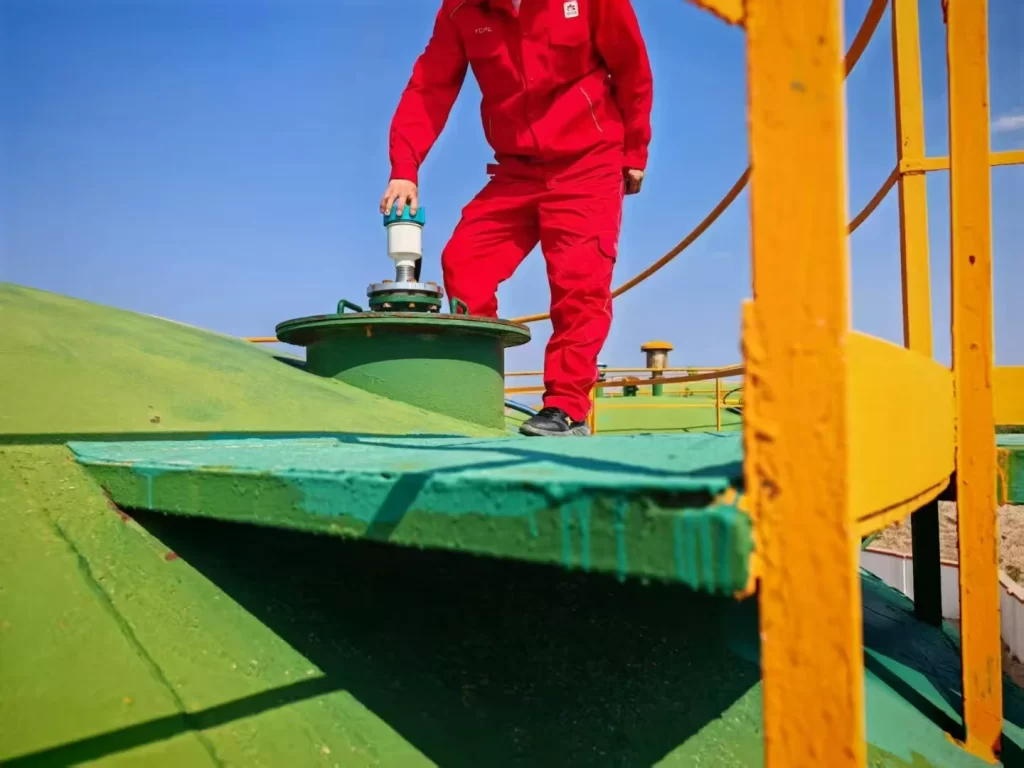
This is a non-contact measurement. Suitable with corrosive or hazardous materials. Affected by temperature, dust, foam, and vapor.
Applications:
- Open channel flow monitoring
- Water and wastewater management
- Non-contact applications
Read more about: Ultrasonic Level Transducer: Working Principle,Types and Benefits
3. Radar (Microwave) Level Transmitters
Radar transmitters emit microwave signals toward the material. The time delay between emission and reflection is used to calculate the level.
High accuracy, ability to work in harsh environments, and not affected by temperature, pressure, or vapor are some of the benefits of Radar (Microwave) Level Transmitters. However, it is more expensive than ultrasonic or capacitance types.
Applications:
- High-temperature, high-pressure tanks
- Oil and gas industry
- Chemical and petrochemical sectors
4. Hydrostatic (Pressure) Level Transmitters
Hydrostatic transmitters measure the pressure at the bottom of a liquid column. This pressure is proportional to the height (level) of the liquid.
They are reliable and cost-effective and good for vented tanks and open tanks. Hydrostatic (Pressure) Level Transmitters are not suitable for foaming or aggressive liquids. It is affected by changes in liquid density.
Applications:
- Underground tanks
- Open and closed vessels
- Water reservoirs
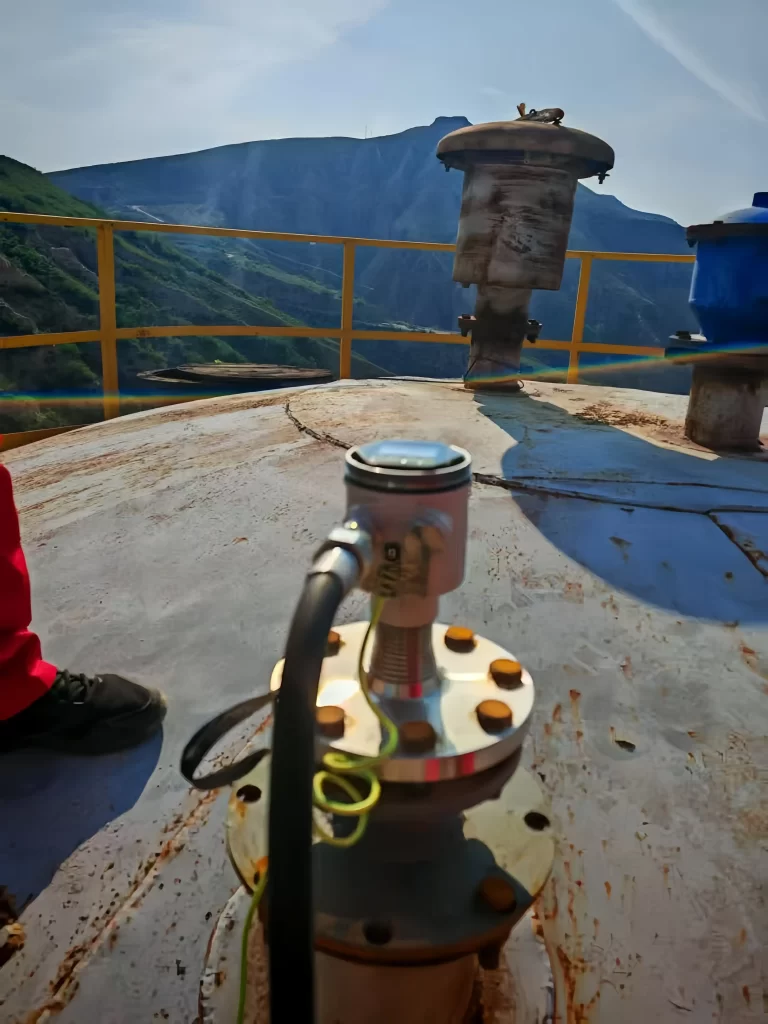
5. Magnetostrictive Level Transmitters
These use a float containing a magnet that moves along a stem. A current pulse through the stem interacts with the magnetic field, creating a torsional wave. The transmitter measures this wave to determine the float position.
Very high accuracy and ideal for high-value liquids are some of the benefits. Higher initial costs and the requirement of regular calibration are some of the disadvantages.
Applications:
- Fuel and oil level monitoring
- Chemical storage
- Precision-required applications
6. Optical Level Transmitters
Optical transmitters use infrared or laser light to detect the presence or absence of a liquid at a certain point. Some use reflection principles to measure continuous level.
Optical Level Transmitters are compact and easy to install and have fast response time. They have a limited range and not suitable for turbid or opaque liquids.
Applications:
- Point level detection in small tanks
- Leak detection
- Solvent and chemical tanks
7. Conductive Level Transmitters
These devices detect level based on the electrical conductivity of the liquid. Electrodes are placed at various levels, and the liquid completes the circuit when it reaches a given probe.
Simple and low-cost and reliable for conductive liquids. Not suitable for non-conductive liquids and requires maintenance due to scaling or corrosion.
Applications:
- Water treatment
- Chemical tanks with conductive fluids
- Overfill protection
8. Vibrating (Tuning Fork) Level Transmitters
Vibration Tuning Fork Level Switches use a vibrating probe that changes frequency when in contact with the material. They are usually used for point level detection.
Robust and maintenance-free and works with powders, granules, and liquids. They are Point-level only and not suitable for continuous measurement.
Applications:
- Solids (grains, powders)
- Viscous liquids
- Dry and wet environments
9. Laser Level Transmitters
A laser beam is directed at the surface of the material. The time it takes for the beam to return determines the distance and thus the level.
They have long range and high precision rate. They are expensive and sensitive to dust and surface reflectivity.
Applications:
- Large silos and bulk solids
- Waste storage
- Harsh and dusty environments
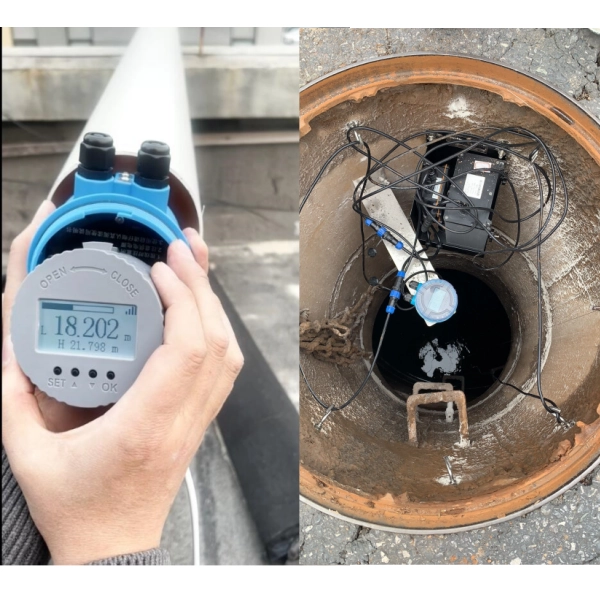
10. Differential Pressure (DP) Level Transmitters
Differential Pressure (DP) Level Measurement uses pressure readings and specific gravity to output level. DP Level is a common measurement technique that is used in a wide variety of applications and industries.
Solutions include standard transmitter connections and integrated transmitters with direct or remote mount seals that can be configured in tuned, balanced, and electronic systems.
Applications:
- It can be used for level measurement of closed containers and interface measurement of two different media.
- It is compatible with many special liquid media. For example, the medium is corrosive or contains crystalline particles, has high viscosity, is easy to solidify, etc.
- It is a widely used liquid level measuring instrument in the production process of petroleum, chemical industry, and petrochemical industry.
Factors to Consider Before Selecting Level Transmitters
More Level Measurement Solutions
- Bitumen And Asphalt Level Meters: Let’s Learn More About Them
- Bin Level Indicators and Controllers
- Dry Materials-Bulk Solids-Powder Level Sensors Guide
- Role of Hydrostatic Level Transmitters In Well Water Level Monitoring Process
- Water Level Pressure Transducers
- Typical Ultrasonic Level Sensor Applications and Advantages
- Different Diesel Level Sensors for Diesel Tank Level Measurement
- 4 Wire – 3 Wire – 2 Wire Ultrasonic Level Transmitter
- Submersible Pressure Transducers for Liquid Pressure and Level Measurement
As business enterprises evolve with more automation and stricter safety requirements, selecting the right level transmitter types becomes even more crucial. Always assess your process conditions and measurement needs to make the best choice.
Whether you’re designing a new system or upgrading an existing one, this guide helps demystify the world of level transmitter types and applications. With the right knowledge, you can improve operational accuracy, reduce downtime, and ensure compliance with safety standards.
Let us know if you need help selecting or installing a level transmitter for your project. Sino-Inst sales team is always ready at their customer’s service.
-1.jpg)
